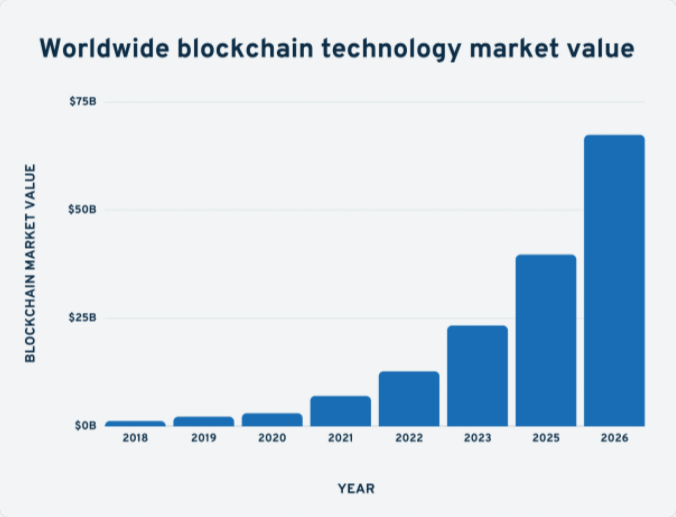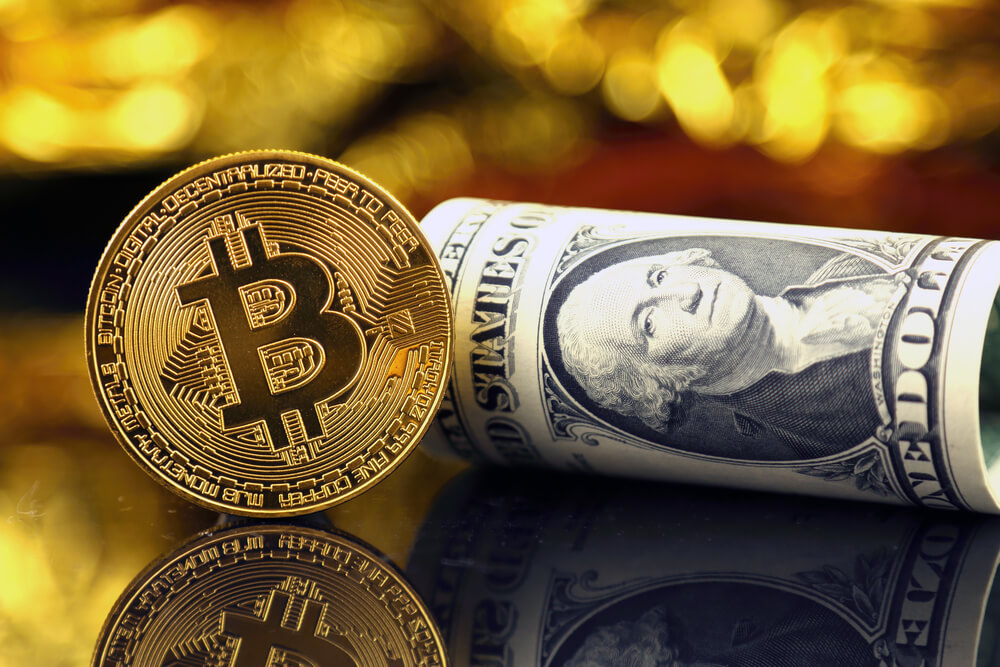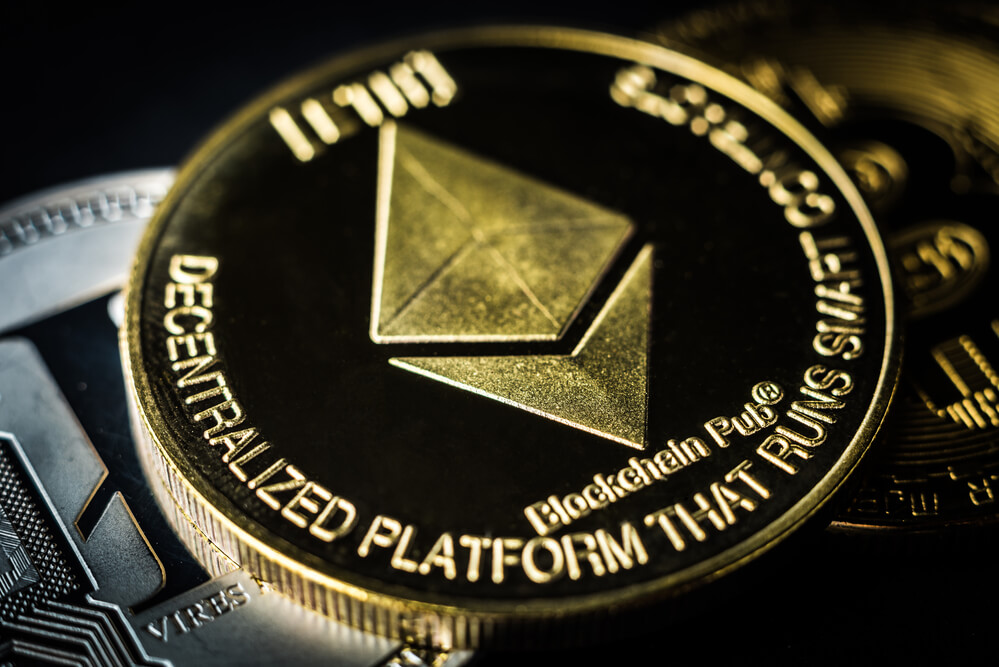What Is DeFi? The Basics of Decentralized Finance
DeFi or decentralized finance is a way to receive, use, distribute and store money by eliminating intermediaries using the blockchain method. DeFi is a global, peer-to-peer (i.e., directly between two people, not through a centralized system), anonymous, financial ecosystem open to all.
What Exactly is DeFi?
DeFi is based on blockchain technology, which allows you to store a copy of a transaction in several places at once, while no organization can control or change it. DeFi is different in that it expands the use of blockchain from simple transfer of value to more complex financial use cases. Formally, you become a bank for yourself because you can freely duplicate its services in lending, borrowing funds, insurance, trading in assets and derivatives, only without completing countless pieces of paper.

DeFi vs. Traditional Finance
Imagine the banalest situation in your routine. For example, every day you go out for lunch at the same cafe because they cook really delicious food. You pay for this meal with your credit card. But have you ever thought that you are not paying to the business but are using an intermediary, the bank? If the latter does not like something or seems suspicious, your payment will be rejected or considered in a particular order – and along with your entire banking history (just went out for lunch, right?)
But what if it’s not a trivial dinner but a “serious” money transfer that you sent to another continent? If the speed, in this case, is a decisive factor for you – the last thing you would like to hear is “the transfer will take several banking days.”
What Is The Difference Between Web 2.0 Vs. Web 3.0?
But not only direct purchases are in the field of view of centralized financial institutions. It’s the same for:
- Loans
- Insurance
- Crowdfunding
- NFTs
- Rates
- Securities and so on
In the case of DeFi, this inconvenience disappears. You pay directly from your wallet to the counterparty’s wallet for any product or service. Moreover, even some progressive companies began to issue salaries in cryptocurrency.
The blockchain technology market is expected to grow to nearly $70 billion by 2026, according to MarketsandMarkets.

What Is A Dapp? Understanding Decentralized Applications
What is DeFi, and How does It Work?
DeFi takes the core premise of Bitcoin – digital money – and expands on it to create an entirely digital alternative to stock exchanges. But huge offices of several floors in elite business centers are not needed here. A gadget with which you can access the Internet is enough. So DeFi fans are talking no more, no less about open, free, and fair financial markets accessible to all.
DeFi uses cryptocurrencies and smart contracts to provide financial services to eliminate intermediaries. Users typically interact with DeFi through software called dApps (“decentralized applications”), most currently run on the Ethereum blockchain.
How Does Blockchain Amplify Adtech Industry
In DeFi, a smart contract replaces a financial institution in a transaction. The smart contract is a type of Ethereum account that can hold funds and send/refund them under certain conditions. No one can change this smart contract while it is running – it will always work as programmed. Contracts are also publicly available for review and audit. This means that bad contracts often quickly become the focus of community scrutiny.
Because DeFi is open source, the protocols and applications are theoretically available for users to test and innovate. As a result, people can mix and match protocols to unlock unique combinations of possibilities by developing their own dApps.
How To Make A Personal Finance App

Pros and Cons of DeFi
Any innovative technology is designed to make life easier for ordinary people and improve the quality of life. From this perspective, DeFi is a very attractive concept that is still gaining potential. At the same time, everything new, one way or another, has its drawbacks, both in terms of flaws and the human factor. Let’s take a closer look at the pros and cons of DeFi.
Among the advantages are:
- Lack of intermediaries in transactions (a plus both in terms of security and the financial side)
- Ability to take out a loan without “baggage” in the form of a credit history
- Higher interest rates due to market dynamics
What You’re Paying For Or How Ads.Txt Helps To Fight Adtech Fraud
Interestingly, the disadvantages of DeFi are the flip side of the advantages.
- Yes, you keep your data secure, but if you forget the password, you may lose your assets as there is no governing body to call and ask for a password reset after answering the mother’s maiden name question.
- Yes, you can take out a loan without fear that your credit history will catch up with you. However, as a consumer, you are deprived of the guarantee of your rights protection.
- Yes, you can make good money on high-interest rates, but high volatility always comes with risks.

Types of DeFi
The most popular (but far from the only) types of DeFi include:
- Decentralized Exchanges (DEX)
- Stablecoins
- Lending platforms
- Prediction markets
Roughly speaking, it is like a currency exchange point in a bank, only cryptocurrencies and not in a bank, without intermediaries. If, in real life, with real money, such an exchange with a high degree of probability could end in fraud on someone’s part, then in an online exchange where the transaction is stored on more than one medium, a scam is almost impossible.
Stablecoin
This is a currency whose stability outside the Internet is confirmed by the currencies we are used to (for example, dollars or euros). Such a measure is needed to stabilize the price of crypto since their stability is not as strong as fiat funds.
Credit Platforms
These are intermediaries in the digital world of decentralized finance. If you can get a loan from a bank, why can’t you borrow cryptocurrency? With a high degree of probability, you will want to use an intermediary platform that will direct you to the right source of crypto finance.
Similarly, an intermediary platform allows you to offer your services as a crypto lender. Interest rates for services depend on demand. To take out a loan, the user needs to deposit collateral – often ether, the token that powers Ethereum. This means that users do not reveal their identity or associated credit score in order to take out a loan the way conventional non-DeFi loans work.
Prediction Markets
The same betting shops, but again without intermediaries. As you know, betting offices do not operate legally in all countries of the world. Here you can bet on any event – from the next presidential election to corgi races this summer – and not be afraid that you will not receive your finances if you succeed.

What is a DeFi in Crypto?
While DeFi is usually a significant player in the cryptocurrency conversation, it goes beyond creating an alternative digital currency or value. Instead, DeFi is working to replace the role of traditional financial systems with its smart contracts.
As of December 2021, there are 9,822 different cryptocurrencies available for trade, investing.com tells us. For comparison, as recent as 2019, there were 3,000 of them.
DeFi is designed to use cryptocurrencies for transactions. However, the technology is still evolving, so it’s hard to pinpoint precisely how existing cryptocurrencies will be implemented, if at all. According to Coin Metrics, five different cryptocurrencies process over 100,000 transactions each day.
While Bitcoin is a decentralized digital currency that runs on its blockchain and is used primarily as a store of value, DeFi is a concept that describes financial services built on public blockchains such as Bitcoin and Ethereum. They allow users to earn interest or borrow against their crypto assets.
DeFi consists of many applications related to financial services such as trading, borrowing, lending, and derivatives.

Here we are talking about Ethereum not as a cryptocurrency, but as a platform where applications for DeFi are developed. Since Ethereum is considered the most manageable base for developing dApps, most applications are written on this platform. Accordingly, you can borrow tokens on one site and exchange interest tokens on another market in a completely different application. They are universal. This process is similar to how you cash out your money in a “foreign bank” when yours is not in the immediate vicinity.
DeFi on Ethereum is not only a blockchain but also assets, protocols (smart contacts), and finally, full-fledged product applications that power the protocols.
What Can You Do with DeFi?
In addition to the absolute freedom of transactions in peer-to-peer trading, you can also create ideal conditions for passive income if you lend to others and earn interest on loans, as we mentioned above. Moreover, you can trade tokenized versions of investments such as stocks, funds, NFTs.
DeFi can also be seen as a long-term benefit – put some of your cryptocurrency in alternative savings accounts and earn better interest rates than you would typically get from a bank.
Why is DeFi Important?
However, do not forget that investing in DeFi is a risky undertaking at the moment. About $2.2 billion was outright stolen from DeFi protocols in 2021. Moreover, many scammers used plausible pretexts for theft, imitating the “security” of the site where reckless crypto investors trusted their money. And if you or your financial advisor don’t understand the subject well enough, it’s better to invest in something more stable.
Decentralized finance is still in its early stages of development. First, it is unregulated, which means that the ecosystem is still full of infrastructure failures, hacks, and scams. Other issues are system stability, energy requirements, carbon footprint, system upgrades and maintenance, and hardware failures.
However, you can get a good profit and, if you’re lucky, worldwide recognition, only if you are on the wave of the business avant-garde, understand all the trends, and successfully apply them in practice. Right now, when the dApps market is not yet oversaturated with offers, it’s time to start developing an application for DeFi. Then, you can put it in the hands of The APP Solutions. Like no one else, we understand the importance of such technology and are ready to face any challenges!
Credits to Depositphotos
